In the era of smart homes and connected devices, the smart oven stands out as a revolutionary kitchen appliance. But what exactly makes an oven “smart”? Essentially, it’s an oven equipped with advanced technology, like Wi-Fi connectivity and built-in sensors, allowing you to control and monitor cooking processes remotely. These features not only simplify cooking but also make it more precise and efficient. From adjusting temperatures with a simple voice command to receiving notifications when your meal is ready, smart ovens are transforming the way we cook. They come in various forms—countertop models, built-in units, and ranges—catering to different needs and kitchen setups. But the big question remains: is it a worthwhile investment for everyone? In this article, we’ll delve into what a smart oven is, how it works, and whether it’s the right choice for your kitchen.
What is a Smart Oven?
A smart oven is an advanced kitchen appliance designed to enhance cooking efficiency and convenience through innovative technology. Unlike traditional ovens, smart ovens integrate features such as Wi-Fi connectivity, touchscreen controls, and voice-activated assistants like Alexa or Google Assistant. These features allow users to remotely monitor and control the oven, whether they’re preheating it, setting cooking times, or receiving alerts when food is ready. This remote functionality is perfect for busy individuals who want to manage their cooking process from their smartphone, even when they’re not in the kitchen.
Smart ovens also offer a wide range of cooking modes beyond the basic functions of baking and roasting. Many models include capabilities for air frying, steam cooking, slow cooking, and even dehydrating. Additionally, some smart ovens come with built-in cameras, providing real-time video feeds so you can visually monitor your food’s progress via a mobile app without opening the oven door.
Moreover, smart ovens utilize sensors and automated programs to adjust cooking time and temperature based on the type of food. This ensures a more precise and consistent cooking experience, minimizing the risk of undercooking or burning. With their combination of connectivity, automation, and versatility, smart ovens are transforming how people approach home cooking, particularly for tech-savvy and busy households.
Curious about other oven types? Learn about the different types of ovens for your home to explore which one fits your needs best.
Types of Smart Ovens
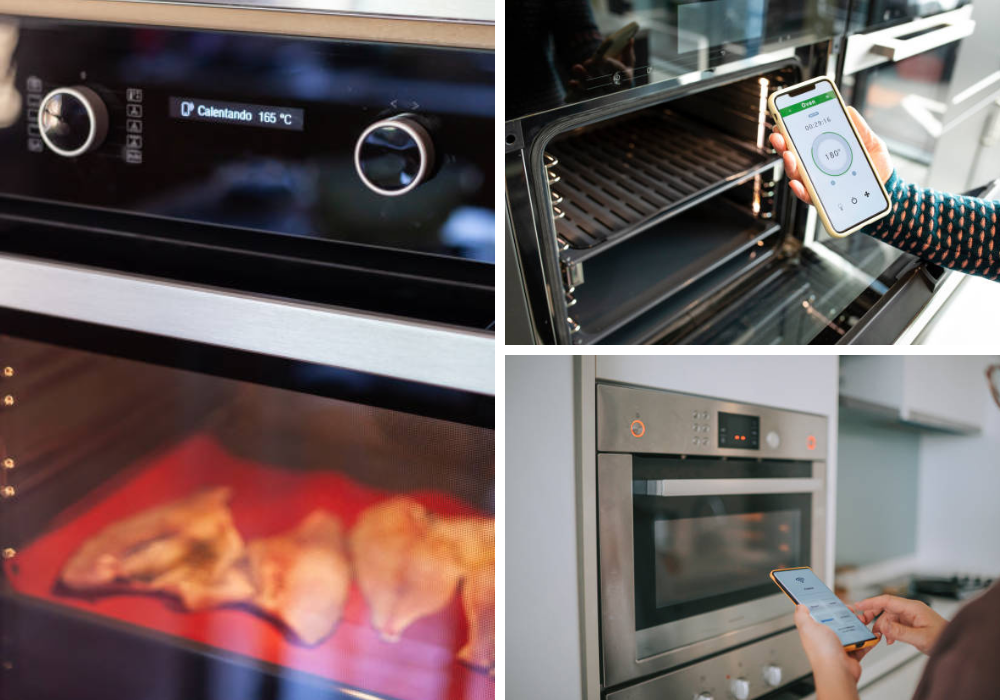
Smart ovens come in various forms, each catering to different kitchen setups and cooking needs.
- Countertop Smart Ovens: These compact, versatile models are ideal for small kitchens or as an additional cooking appliance. They often feature a variety of cooking modes such as toasting, broiling, air frying, and even baking, making them a multifunctional option for those with limited space.
- Built-in Smart Ovens: Designed to integrate seamlessly into your kitchen cabinetry, these ovens offer advanced features like convection cooking, steam options, and customizable temperature controls. Discover the benefits and uses of convection ovens to see how they enhance cooking precision and efficiency. These built-in smart ovens are perfect for those looking to upgrade their primary appliance with a sleek, modern design.
- Smart Ranges: Combining both a stovetop and an oven, smart ranges offer comprehensive cooking solutions with features like precision cooking, temperature monitoring, and remote control of both the stovetop and oven. These models provide the most functionality and are ideal for tech-savvy home chefs.
Each type offers unique features to suit different cooking styles, making it crucial to choose based on your kitchen space and needs.
Key Features of Smart Ovens
Smart ovens offer a host of features that make cooking easier, more precise, and convenient. One of the standout features is Wi-Fi connectivity, allowing users to control the oven remotely using smartphone apps. You can preheat, set cooking times, or receive notifications about your food’s progress, even if you’re away from the kitchen.
Another major feature is voice activation. Smart ovens are compatible with systems like Amazon Alexa and Google Assistant, enabling hands-free operation. You can adjust settings with a simple voice command, making it easier to multitask in the kitchen.
Automated cooking programs are also common, providing pre-set options for various foods like pizza, baked goods, or meats. These programs adjust temperature and time automatically, ensuring consistent results without guesswork. Many smart ovens also come with internal cameras, allowing you to monitor food without opening the oven door, ensuring even cooking and heat retention.
Touchscreen controls make navigating settings and cooking modes intuitive and straightforward. Finally, smart ovens often combine multiple cooking methods, like convection baking, air frying, and steam cooking, into a single appliance. This multi-functionality allows users to experiment with different techniques while saving kitchen space.
These features collectively ensure a seamless cooking experience, delivering restaurant-quality results at home.
How Does a Smart Oven Work?
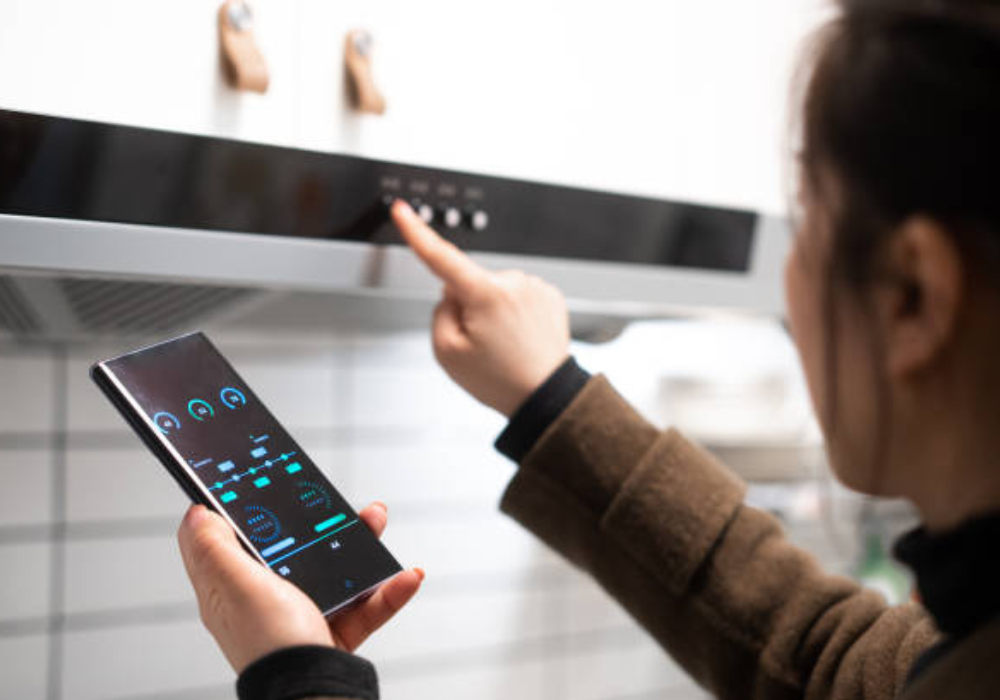
A smart oven combines advanced connectivity, sensors, and automation to simplify cooking. It connects to your home’s Wi-Fi network, allowing you to control and monitor the oven through a smartphone app. You can preheat the oven, set cooking times, and track your meal’s progress from anywhere, adding flexibility to your cooking routine.
Built-in sensors adjust cooking times and temperatures based on the type and amount of food, ensuring precise results. These sensors prevent overcooking or undercooking by automatically responding to the food’s requirements.
Integration with smart home systems like Alexa and Google Home enables voice-activated commands, syncing with other smart devices for added convenience. You can start or stop cooking without touching a button, ideal for multitasking in a busy kitchen.
The oven’s automation includes features like delayed start, self-cleaning, and automatic shut-off, enhancing safety and ease of use. This combination of technology creates an intuitive, user-friendly experience, making it easier to achieve consistent, high-quality meals.
Benefits of Owning a Smart Oven
Owning a smart oven offers a range of benefits that can significantly improve your cooking experience.
One of the key advantages is convenience. With remote control capabilities, you can monitor and adjust your oven’s settings from anywhere using a smartphone app. This means you can preheat the oven on your way home or check the progress of your meal while attending to other tasks, saving time and effort.
Precision cooking is another benefit, thanks to built-in sensors and automated cooking programs. These features ensure consistent and accurate results every time, whether you’re baking, roasting, grilling, or even trying more advanced techniques like air frying or steam cooking. You no longer need to worry about undercooking or overcooking your dishes, as the oven automatically adjusts temperature and time for optimal results.
Additionally, energy efficiency is a notable advantage. Smart ovens are designed to optimize energy use by adjusting cooking times and temperatures according to the dish, helping reduce electricity consumption and lowering utility bills over time.
Many smart ovens also provide recipe assistance, offering access to a vast library of recipes and step-by-step cooking guidance. This is especially useful for novice cooks or those who want to expand their culinary repertoire.
The multi-functionality of smart ovens further adds to their appeal. With the ability to perform various cooking techniques like steaming, dehydrating, and air frying, a smart oven can replace multiple kitchen appliances, saving both space and money.
These combined benefits make smart ovens a valuable tool for busy households and food enthusiasts, streamlining kitchen tasks and enhancing the overall cooking experience.
Potential Drawbacks of Smart Ovens
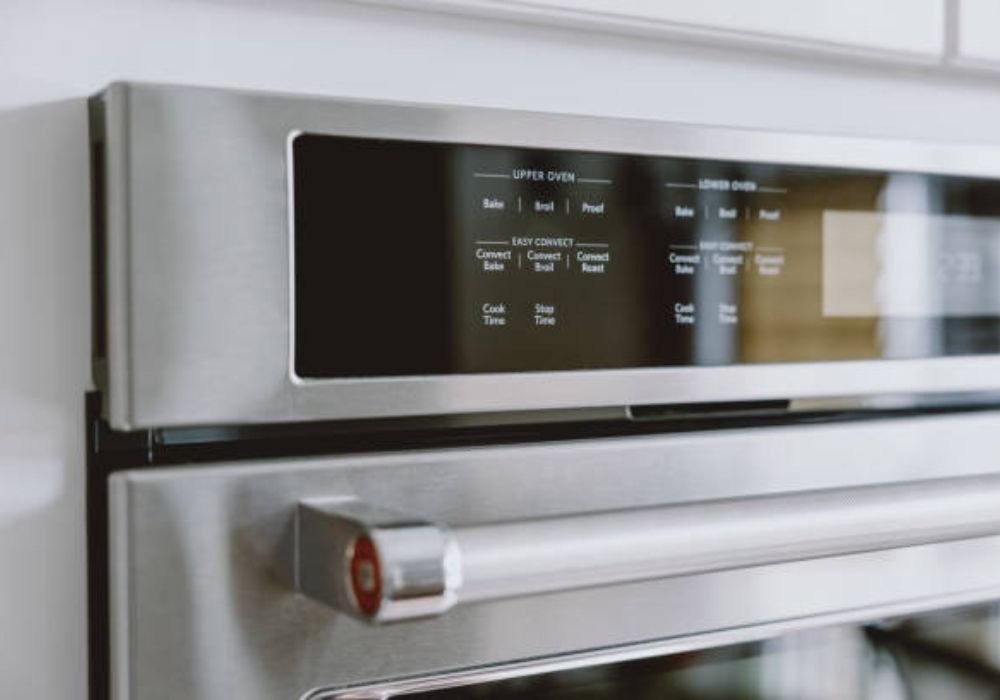
While smart ovens offer many benefits, they also come with some potential drawbacks. First, the high cost can be a significant barrier, as smart ovens are generally more expensive than traditional models. For budget-conscious consumers, this might be a key consideration.
Another issue is complexity. With advanced features like Wi-Fi connectivity, sensors, and voice activation, the learning curve can be steep for those unfamiliar with technology, making the oven harder to use. Dependence on internet connectivity is another downside. If your Wi-Fi connection is unstable, many of the smart features like remote control and app notifications may not function properly, limiting the oven’s capabilities.
Finally, as smart ovens are relatively new, the availability of repair services can be limited. Finding replacement parts or technicians familiar with this technology might be challenging, which could lead to delays and added costs for repairs.
Weighing these factors is essential before investing in a smart oven to ensure it fits your budget and lifestyle. Learn more about oven safety and usage tips to ensure you’re using your oven safely and efficiently, regardless of the model you choose.
Features to Consider Before Buying a Smart Oven
When purchasing a smart oven, it’s essential to evaluate several key features to ensure it meets your cooking needs.
- Compatibility: Ensure the oven integrates seamlessly with your current smart home ecosystem, such as Alexa, Google Home, or other connected devices.
- Cooking Functions: Consider which cooking modes you need, such as air frying, steam cooking, convection baking, or slow cooking. Some models offer multi-functionality, which can replace other kitchen appliances.
- Ease of Use: Make sure the controls are intuitive and the accompanying app is user-friendly. A complex interface may frustrate users unfamiliar with tech.
- Size and Capacity: Ensure the oven fits your kitchen space and meets your cooking volume requirements. Check dimensions and interior space to handle larger dishes.
- Price and Warranty: Compare models to find the best balance between features and budget. Additionally, check warranty coverage for potential repairs or malfunctions.
Considering these factors will help you choose a smart oven that complements your kitchen and cooking style.
Popular Smart Oven Brands and Models
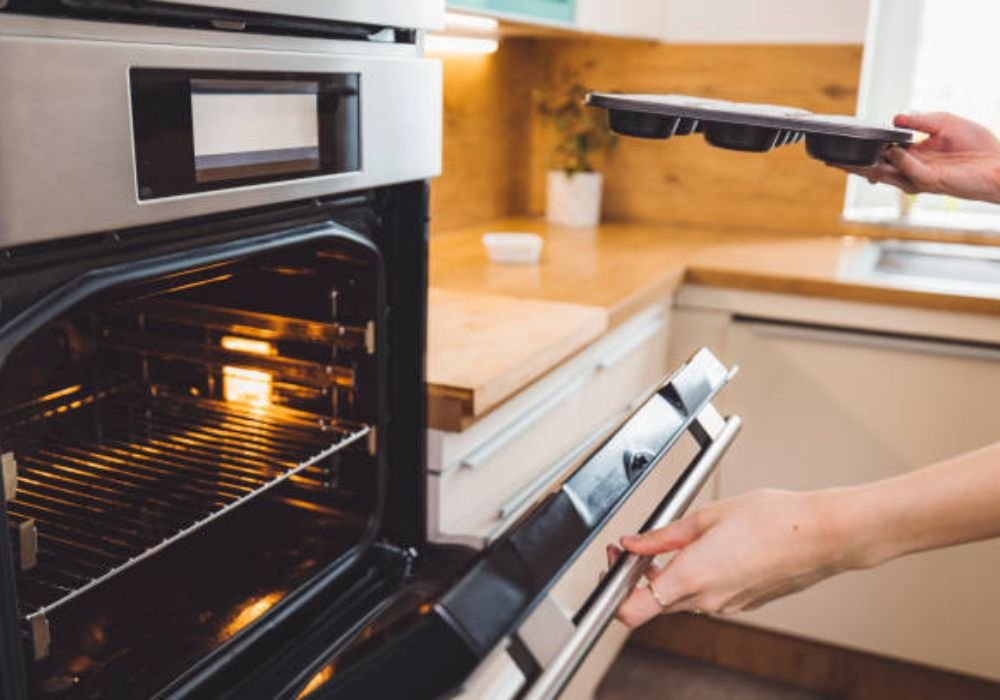
Several reputable brands offer smart ovens with cutting-edge features designed to meet different kitchen needs:
- KitchenAid: Known for its versatile ovens, KitchenAid offers models with multiple cooking modes such as convection baking, broiling, and roasting. Its smart ovens also come with Wi-Fi connectivity, allowing remote control through a smartphone app, and touchscreen controls for ease of use.
- Whirlpool: Whirlpool’s smart ovens, especially their slide-in ranges, offer advanced features like voice control through Alexa and Google Assistant, and automatic recipe updates. These models often include self-cleaning options and advanced cooking modes like air frying and steam cooking.
- Breville: Specializing in countertop smart ovens, Breville’s models come equipped with Element IQ technology, which automatically adjusts heat for even cooking. Their ovens also feature multiple preset cooking modes, including air frying, dehydration, and slow cooking, making them a versatile addition to any kitchen.
Each of these brands offers models with varying price points, catering to different budgets and kitchen setups. From full-sized ranges to countertop solutions, there’s a smart oven for every lifestyle and cooking need.
Do You Need a Smart Oven?
Deciding whether to invest in a smart oven largely depends on your cooking habits, lifestyle, and how much you value convenience and technology in the kitchen.
For tech enthusiasts, a smart oven is an exciting addition. If you enjoy integrating the latest tech gadgets into your daily routine, and experimenting with automated cooking programs or voice-activated controls, a smart oven can significantly enhance your kitchen experience. Its ability to connect with other smart home devices like Alexa or Google Home allows for hands-free operation, making it appealing for those who love smart home ecosystems.
For busy families, a smart oven can be a game-changer. With features like remote control and pre-set cooking programs, meal preparation becomes faster and more efficient, even if you’re not physically in the kitchen. It’s particularly useful for managing hectic schedules, as you can control the oven while attending to other tasks.
However, traditionalists who prefer hands-on cooking methods may find smart ovens unnecessary. If you don’t use connected devices or prefer simple, manual controls, the added technology might feel overwhelming or redundant. Additionally, those with limited internet connectivity may not fully benefit from the oven’s advanced features, which rely heavily on Wi-Fi for remote control and updates.
Ultimately, your decision should be based on evaluating your needs, kitchen habits, and whether the features align with your lifestyle. Explore the future trends in kitchen appliances to see how innovation in this space is shaping the modern kitchen and what might come next.
Conclusion
In conclusion, a smart oven offers numerous benefits, from convenience and precision cooking to energy efficiency and recipe assistance. However, it’s essential to weigh these advantages against potential drawbacks like cost and complexity. For tech enthusiasts, busy families, and those who love exploring new cooking techniques, a smart oven can be a valuable addition to the kitchen. But for those who prefer simpler cooking methods, a traditional oven may suffice. Ultimately, the decision comes down to your personal cooking needs and lifestyle.
Share this content:
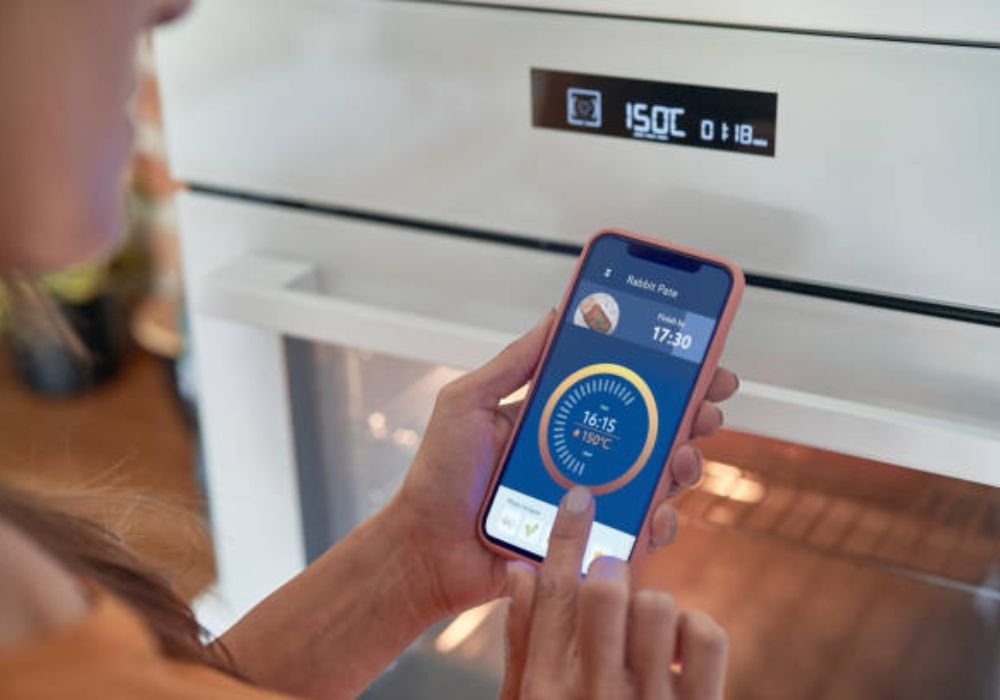
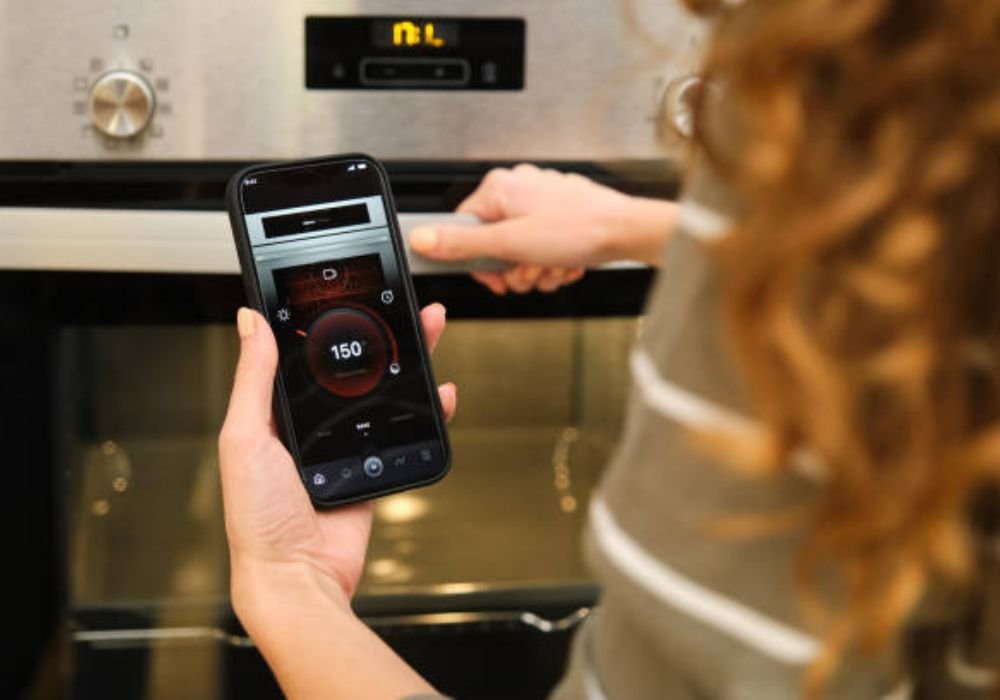
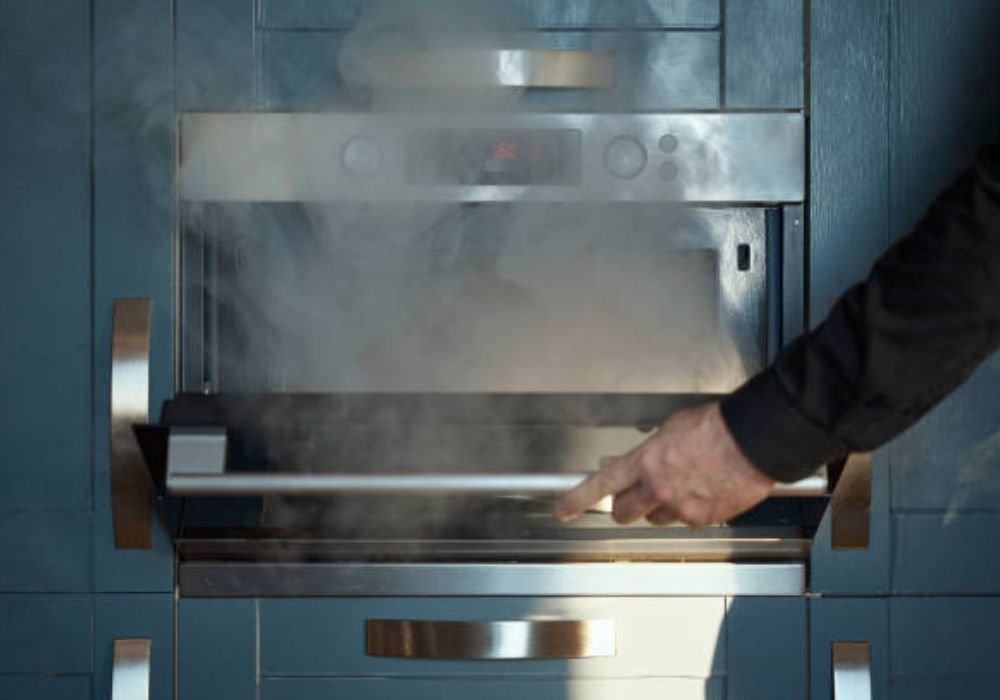
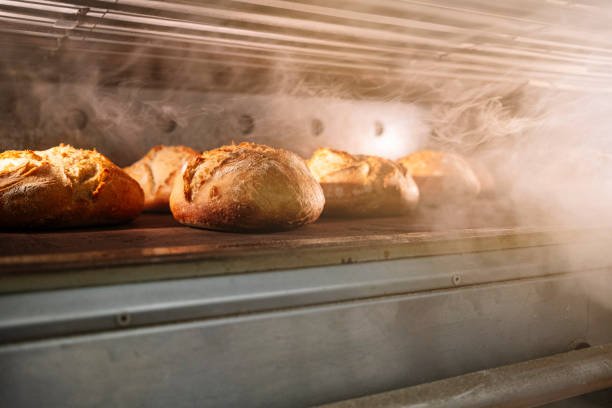








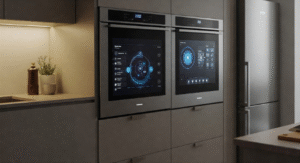


2 comments